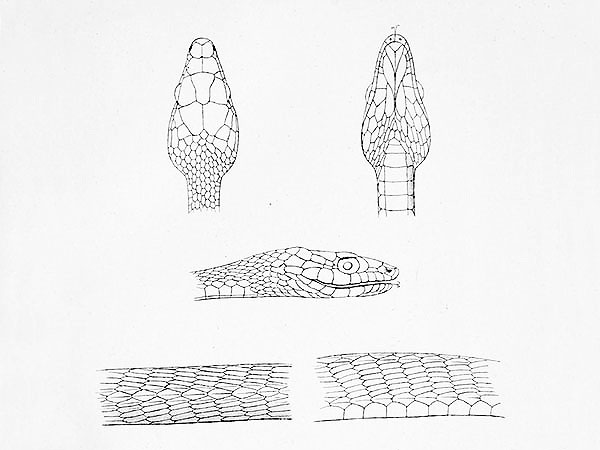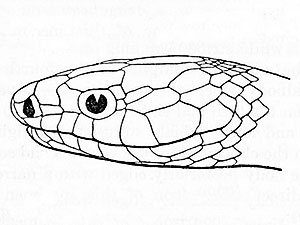Jamaican Racer (Hypsirhynchus ater)
The Jamaican Racer was described in 1851, it is, or rather was endemic to the island of Jamaica, where it was historically common and found island-wide.
The species reached a lenth of about 85 cm (or about 1 m according to other sources), its back was black or dark olive-colored with black spots, the belly was plain black or olive-colored.
The Jamaican Racer was a diurnal species that actively hunted for its prey, mainly smaller reptiles, especially so-called galliwasps (Celestus spp.).
When the species was described in 1851, it was considered to be one of the most common snakes on Jamaika, but then during the 1940s its populations begun to vanish due to habitat loss and predation by Javan Mongooses (Herpestes javanicus (É. Geoffroy Saint-Hilaire)) that had been introduced to the island by 1872.
The last ‘sighting’ was a shed skin that was found in the early 1970s, as well as an alleged video made in around 2010 that is assumed to show this snake. It is officially considered critically endangered, yet is most likely already completely extinct.
*********************
edited: 15.09.2019



